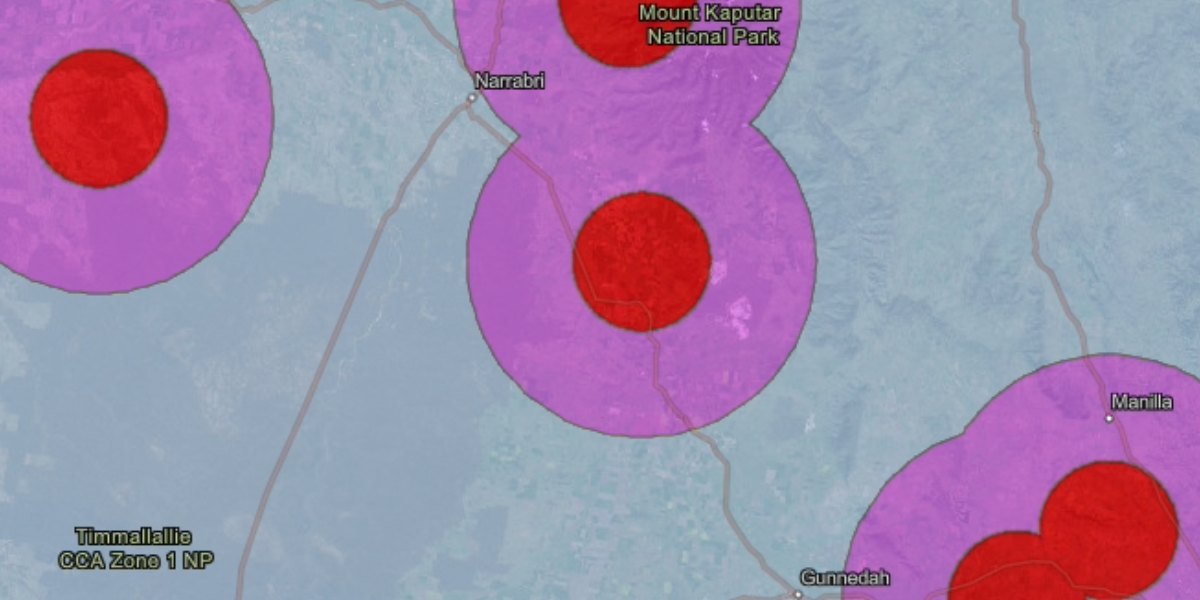Multiple new sites in the region have been added to the list of places where bee hives have the devastating varroa mite, as both industry and government fight to control the outbreak.
Varroa mite, which was first detected in the sentinel hives of European honey bees at the port of Newcastle just over a year ago, are the most serious pest of honey bees worldwide. The mites are tiny reddish brown external parasites of honey bees. Left untreated varroa mite will kill any bee hive it infects, and all feral and untreated bee colonies will eventually die. Australia is one of the few countries that did not have the deadly mite and the response of agencies is still aiming for eradication.
Cuttabri is the latest to be added to the infested premises list as the number of locations infested in New South Wales reached 250 yesterday. Two sites north of Tamworth were added to the list on September second, adding to two earlier infestations east of Narrabri. See a full map of the current infestations.
NSW DPI Chief Plant Protection Officer, Shane Hetherington said the new infested premises all had surveillance because of hive movement declarations showing movements from Kempsey emergency zones.
“We know this news will be disappointing and worrying to beekeepers in the New England region who have been free from Varroa until now, but we are confident we have discovered the infestation quickly, and our surveillance will give us a good picture of any other spread.”
“Our teams are rapidly following all movements from the Kempsey zones and we ask the community to continue working with us as we track down the source of this cluster which is behind so many of these new IPs.”
NSW DPI has immediately established Emergency Eradication and Emergency Surveillance zones around the sites, under a new Biosecurity Emergency Order. Under the emergency order, bee keepers need to report where their hives are if they are in the surveillance zone, up to 25km from the known infestations. All hives within 10 kilometres of an infested premises, which is the eradication zone, will be euthanised.
The surveillance data in all regions is key to understanding where the mite is, and this is something all beekeepers can assist with.
“We strongly encourage all beekeepers to continue doing their timely alcohol washes and report that data to us,” Dr Hetherington said.
“Between them and NSW DPI, over 130 000 tests have been undertaken in the past year which is phenomenal, and it is testing like this which originally highlighted the Kempsey situation, so its importance cannot be underestimated.”
Hive locations and alcohol wash results must be reported to NSW DPI by filling out the online forms at www.dpi.nsw.gov.au or by calling the Varroa Emergency Response Hotline on 1800 084 881.
The NSW Government announced a $31 million support package for affected bee keepers in July.
For more information visit, www.dpi.nsw.gov.au/emergencies/biosecurity/current-situation/varroa-mite-emergency.
Like what you’re reading? Support New England Times by making a small contribution today and help us keep delivering local news paywall-free. Support now


